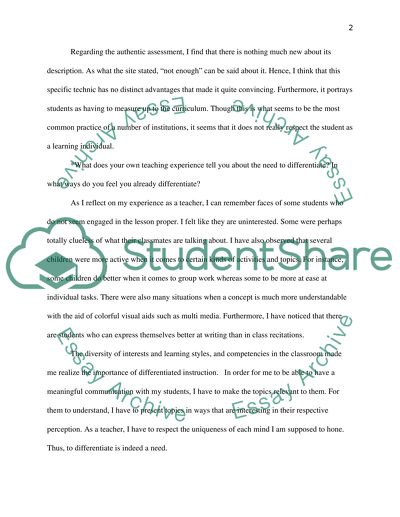Cite this document
(“Differentiated Instruction Paper Research Example | Topics and Well Written Essays - 1500 words”, n.d.)
Differentiated Instruction Paper Research Example | Topics and Well Written Essays - 1500 words. Retrieved from https://studentshare.org/education/1451225-differentiated-instruction
Differentiated Instruction Paper Research Example | Topics and Well Written Essays - 1500 words. Retrieved from https://studentshare.org/education/1451225-differentiated-instruction
(Differentiated Instruction Paper Research Example | Topics and Well Written Essays - 1500 Words)
Differentiated Instruction Paper Research Example | Topics and Well Written Essays - 1500 Words. https://studentshare.org/education/1451225-differentiated-instruction.
Differentiated Instruction Paper Research Example | Topics and Well Written Essays - 1500 Words. https://studentshare.org/education/1451225-differentiated-instruction.
“Differentiated Instruction Paper Research Example | Topics and Well Written Essays - 1500 Words”, n.d. https://studentshare.org/education/1451225-differentiated-instruction.


